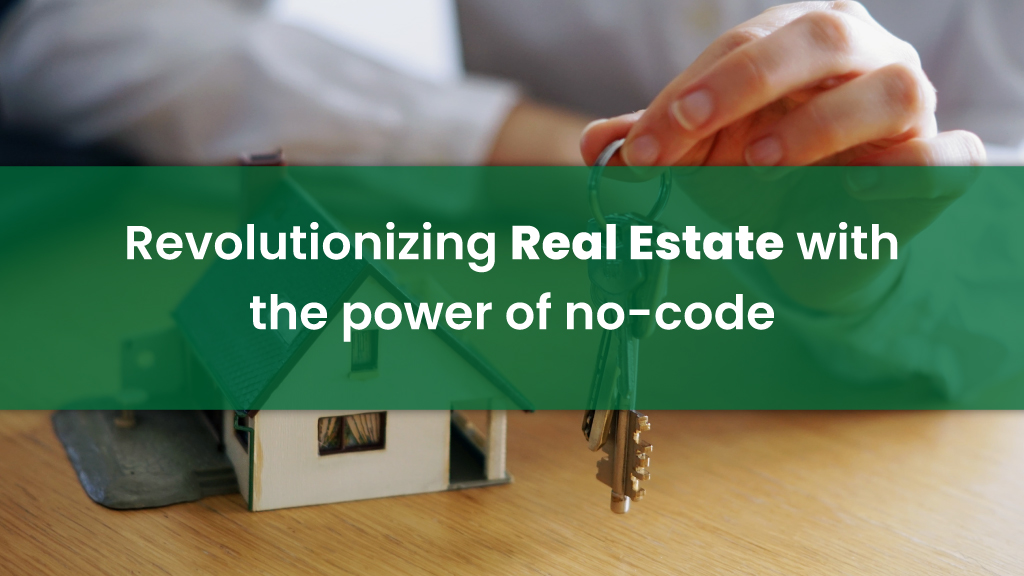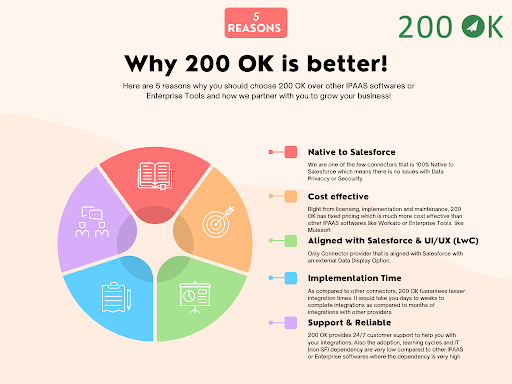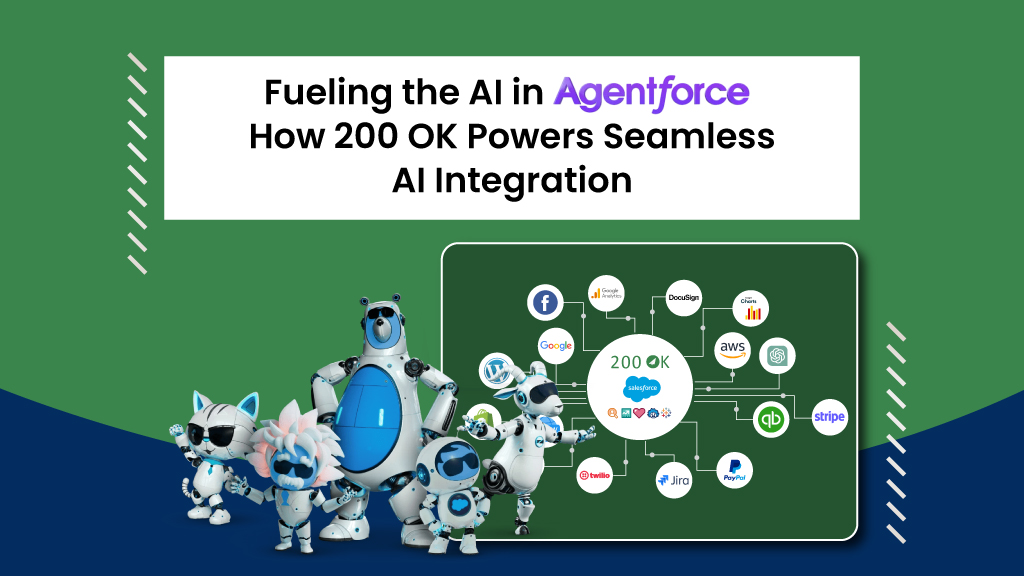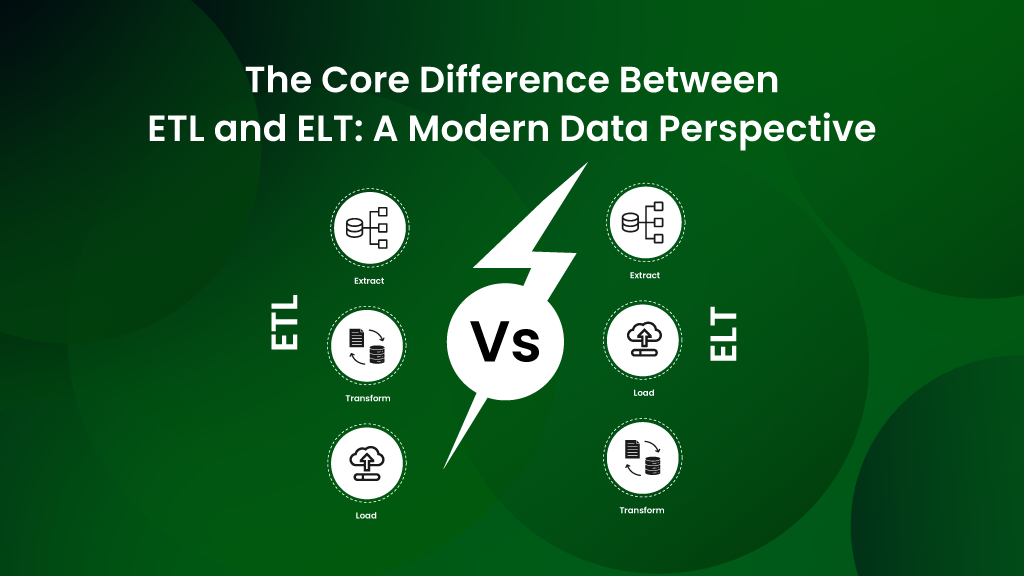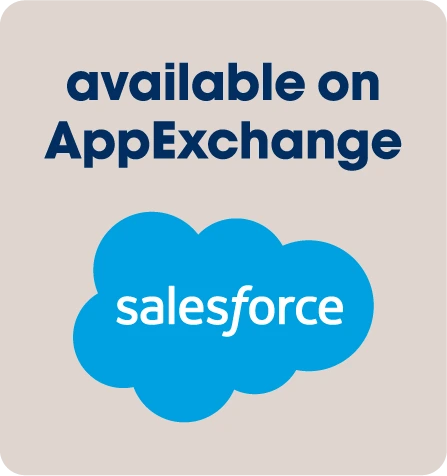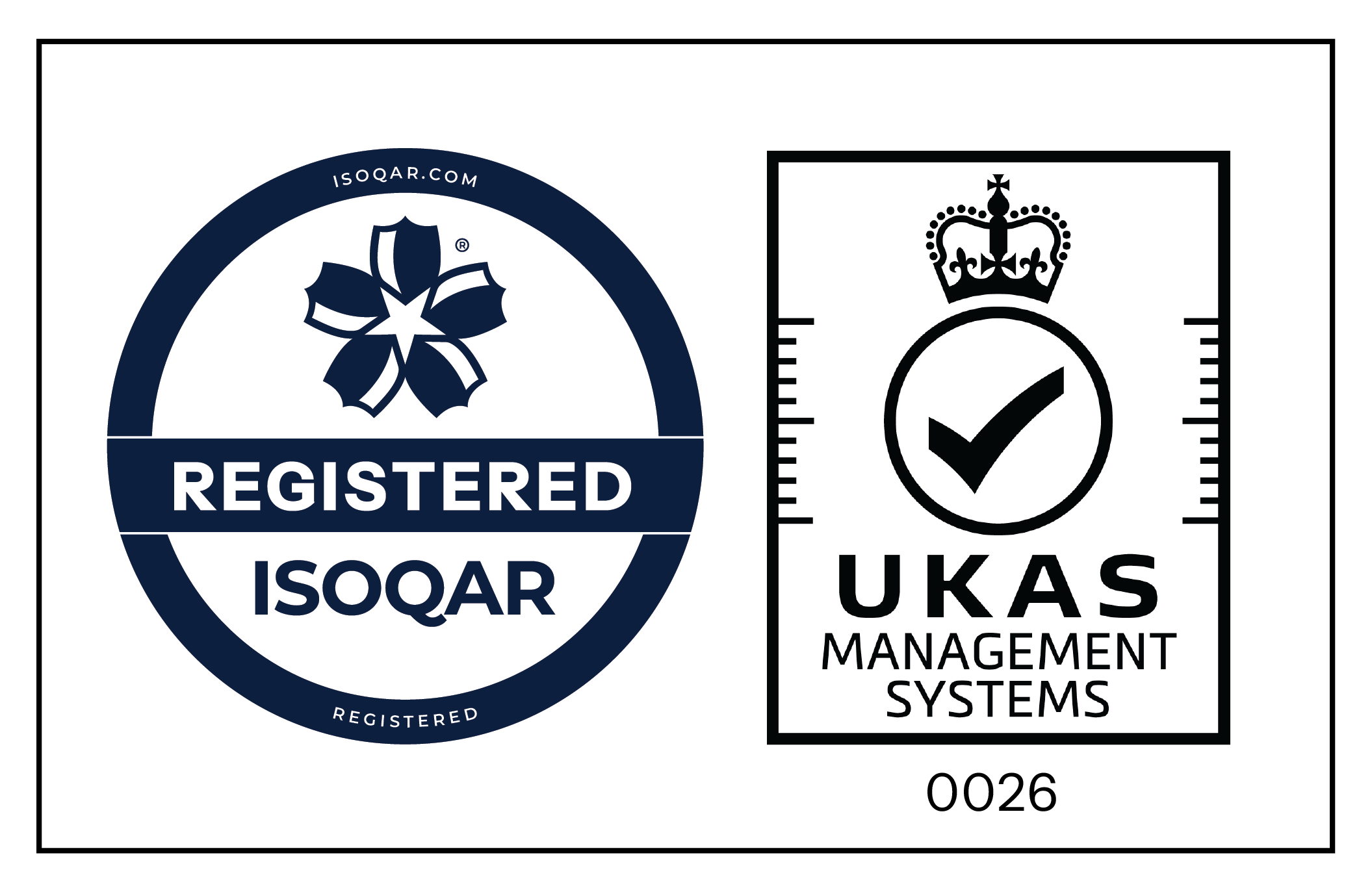The real estate sector has always been known for its complex operations and, is characterized by numerous components and detailed procedures. Real estate professionals are tasked with a multitude of responsibilities daily, including property listing management, client interaction, and transaction coordination.
Since time immemorial, these tasks have been handled leveraging various disparate systems and manual procedures, resulting in inefficiencies, mistakes, and overlooked chances for advancement.
But today, it’s a different story altogether. The real estate industry, like none other, is untouched by the reshaping of how real estate professionals operate is the emergence of no-code integration solutions. These tools empower individuals without extensive programming knowledge to seamlessly integrate disparate systems and streamline operations.
In this blog, we’ll explore the pivotal role of no-code integration in revolutionizing the real estate industry.
What is no-code integration?
Considering the stat above, it clearly feels like no-code tech is a big deal. But before discussing the market forecast and other details of it, let’s first understand what exactly is no-code integration.
No-code integration refers to the process of connecting different software applications or systems together without the need for writing code. It allows users to integrate various tools, databases, or services seamlessly by utilizing visual interfaces, drag-and-drop functionalities, and pre-built connectors or templates.
With no-code integration platforms, individuals with limited or no coding experience can automate workflows, synchronize data, and streamline processes across different applications. These platforms typically offer a range of pre-built connectors for popular software services, enabling users to easily establish connections between them without writing custom code.
How does it benefit the real estate sector?
According to Statista, organizations are increasingly recognizing the advantages of utilizing no-low-code platforms, in general, with nearly 60 percent stating that adopting no-low-code technologies boosts revenue and facilitates the replacement of outdated legacy systems.
Overall, no-code integration empowers organizations to automate processes, improve efficiency, and adapt to changing business requirements more rapidly and cost-effectively than traditional coding approaches.
When talking about real estate as a whole, which is also being revolutionized by iPaas, big time, there are a lot of benefits that integration has on the whole operational process and revenue. We have listed a few below:
- Efficiency in Workflow Automation: Real estate professionals can automate repetitive tasks such as updating property listings, managing client communications, and processing transactions. This automation saves time and reduces manual errors, allowing agents to focus on high-value activities like client relationships and deal negotiations.
- Streamlined Data Management: No-code integration platforms enable seamless synchronization of data across multiple systems used in real estate, such as customer relationship management (CRM) software, property management systems, and listing platforms. This ensures that information remains consistent and up-to-date across all applications, enhancing data accuracy and integrity.
- Improved Collaboration: Real estate transactions often involve multiple stakeholders, including agents, buyers, sellers, lenders, and legal professionals. No-code integration platforms facilitate collaboration by connecting these stakeholders’ systems and enabling real-time sharing of information and documents. This fosters transparency, reduces communication delays, and enhances overall efficiency in deal management.
- Enhanced Customer Experience: By automating routine tasks and streamlining processes, no-code integration platforms enable real estate professionals to provide a more personalized and responsive service to clients. Agents can quickly access relevant property information, respond promptly to inquiries, and provide timely updates on transaction progress, leading to higher levels of customer satisfaction.
Wrap-up: Unlocking success with 200 OK
200 OK is a Salesforce native, no-low-code integration platform, that has the power to integrate any third-party app in the market. With cutting-edge tech like data virtualization and ETL, 200 OK makes integration processes a breeze.
When it comes to the real estate industry, 200 OK is a completely customized platform that can help you streamline the entire way you work. All verticals from Sales, Marketing, Finance to Support, 200 OK can take care of everything real estate.
And this is just the tip of the iceberg. 200 OK can revolutionize the way you operate in the real estate industry, empowering you to streamline operations, enhance collaboration, improve customer experiences, and adapt quickly to changing market dynamics—all without the need for extensive programming knowledge.
Looking to thrive in an increasingly competitive and digitally driven landscape?
Get in touch with our product expert today!
